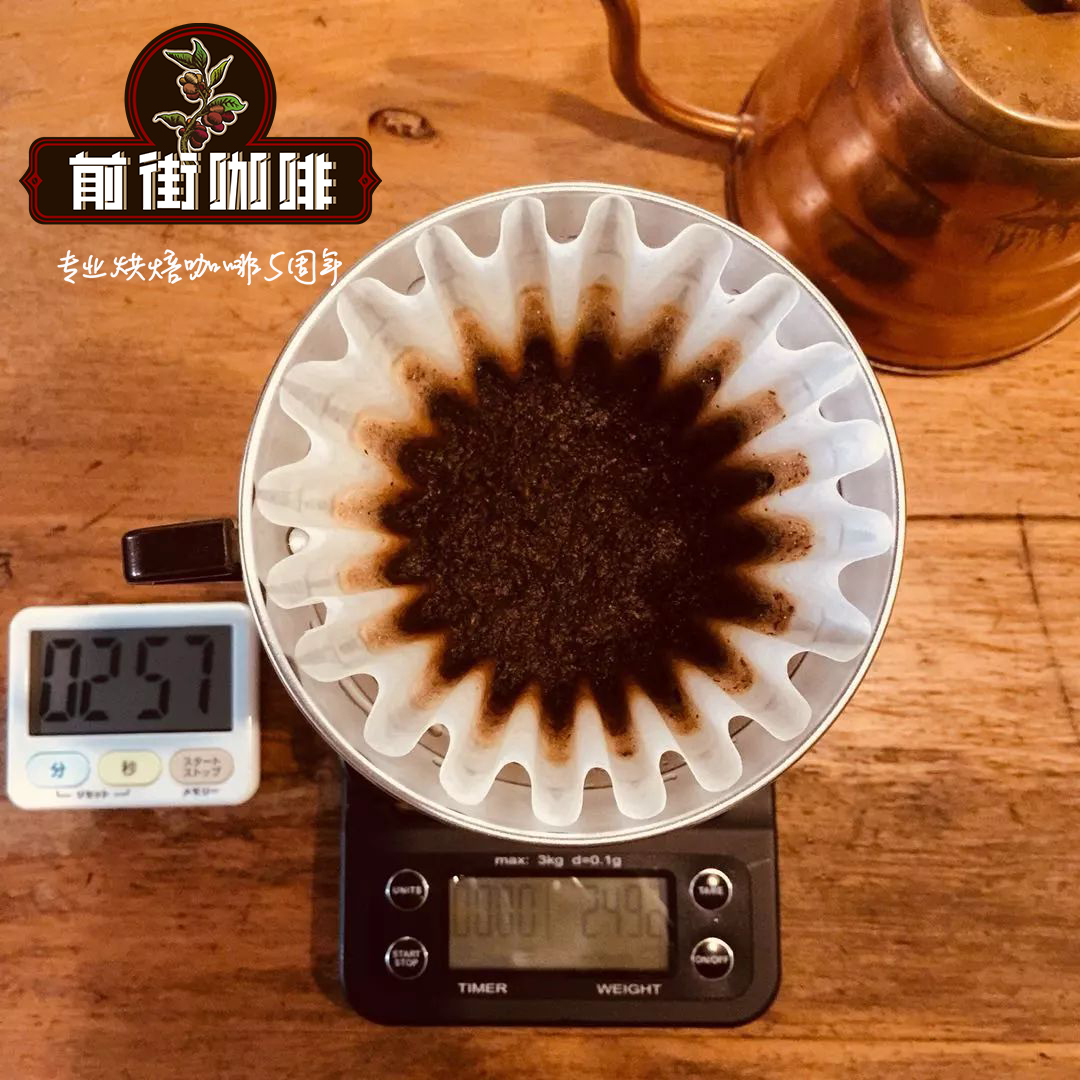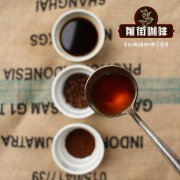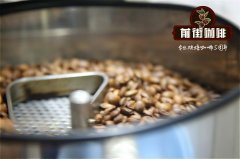El Salvador Santa Ana Monterey Manor Coffee Bean boiling experience _ characteristics of El Salvador Coffee beans

Professional coffee knowledge exchange more coffee bean information please follow the coffee workshop (Wechat official account cafe_style)
In fact, when it comes to El Salvador, I feel like I haven't drunk its beans for a long time, but I'm quite impressed by Salvadoran coffee. The fruit acidity of the beans is very soft, with a mellow thickness.
Each bean has a "waist seal", and the message on this bean is about the owner Nancy Majano de Arenivar, who has been working with ritual since 2008. The bag of beans is from her estate, Monterey, which is located on the hillside of Mount Santa Ana, up to 1600 meters above sea level. The beans are made of bourbon and Pacas.
The season of bean harvest can be seen as the winter of 2017, so it can be regarded as a close connection between harvest and baking time, thanks to direct procurement and years of cooperation in the supply of manor beans, even if Haitao travels for a long time. Beans will be a period of time from the baking date, but it really doesn't affect you to taste it at all.
Next, let's take a closer look at the beans. The beans are packaged in a single-exhaust valve. You can smell the fragrance through the single-exhaust valve. You can't wait to open it immediately and then eat two first.
If you open it, you can see the word "WE ❤ COFFEE". Cut the top with scissors and be careful not to be lower than the seal. After opening it, you can roll up the excess part and seal it. This is the easiest way to preserve it. Of course, you can also have a better storage container, but it is always the most important to drink it as soon as possible.
With regard to the light problem, the color of the beans is still a little distorted, which is actually lighter than the color seen in the photo. The beans are lightly baked, and the overall particles of the beans look full, although they are of different sizes. But the bean shape is pretty good.
Weighing about 14 grams of beans, this time or using a more blind way to operate, I always think my blind flavor is better than dogmatic staring at the data on the scale, ha.
Personally, I think the dried aroma of this bean is no different from that of regular Salvadoran coffee. The dry aroma of El Salvador is a faint feeling, not strong, but it must continue to release the fragrance.
In the end, it took about three and a half minutes from the beginning of the water injection to the final drip filtration. 14 beans extracted 254g coffee, and the proportion of powder and water was about 1:18. The overall flavor of this bean after brewing and steaming is the same as the wet smell, not outstanding but can smell a hint of sour fruit.
The color after cooking is really beautiful and mouth-watering. As a whole, the greatest characteristic of this cup of coffee is that it has a broad flavor, which means from subtle fruit acid to faint toffee sweetness, and then prominent nut mellow. If every sip of coffee is a taste bud journey, maybe El Salvador is the one that takes you around the world.
I have brewed this bean for a long time, but even after about three and a half minutes, the flavor in the Salvadoran coffee is still relatively harmonious and uniform, with no scorched taste or other miscellaneous flavor, and the overall feeling is great. And I highly recommend using 1:18 light coffee to brew it, which will make the overall sense of the flavor stretch, and the individual's perception of change will be more deterministic.
END
Important Notice :
前街咖啡 FrontStreet Coffee has moved to new addredd:
FrontStreet Coffee Address: 315,Donghua East Road,GuangZhou
Tel:020 38364473
- Prev

How is the growing environment of Nalinglong coffee? Na Linglong's description of coffee flavor? How many producing areas are there in Na Linglong?
Professional coffee knowledge exchange more coffee bean information please follow the coffee workshop (Wechat official account cafe_style) Nalinglong coffee growing environment? Na Linglong's description of coffee flavor? How many varieties of coffee are there in Nalinglong producing area? Columbia is from Narino province in the southwest of Colombia and is located in one of the many coffee producing areas in the Andes near the Ecuador border.
- Next

Introduction to the famous varieties of coffee in El Salvador _ Why do you need a cup of ice water to drink coffee from El Salvador
Professional coffee knowledge exchange more coffee bean information please follow the coffee workshop (Wechat official account cafe_style) El El Salvador El Salvador is the smallest country in Central America, because of its many volcanoes, it is known as the country of volcanoes. Every May, coffee blossoms bloom all over the volcano to form a beautiful scenery. Unfortunately, due to political instability in this beautiful country,
Related
- Detailed explanation of Jadeite planting Land in Panamanian Jadeite Manor introduction to the grading system of Jadeite competitive bidding, Red bid, Green bid and Rose Summer
- Story of Coffee planting in Brenka region of Costa Rica Stonehenge Manor anaerobic heavy honey treatment of flavor mouth
- What's on the barrel of Blue Mountain Coffee beans?
- Can American coffee also pull flowers? How to use hot American style to pull out a good-looking pattern?
- Can you make a cold extract with coffee beans? What is the right proportion for cold-extracted coffee formula?
- Indonesian PWN Gold Mandrine Coffee Origin Features Flavor How to Chong? Mandolin coffee is American.
- A brief introduction to the flavor characteristics of Brazilian yellow bourbon coffee beans
- What is the effect of different water quality on the flavor of cold-extracted coffee? What kind of water is best for brewing coffee?
- Why do you think of Rose Summer whenever you mention Panamanian coffee?
- Introduction to the characteristics of authentic blue mountain coffee bean producing areas? What is the CIB Coffee Authority in Jamaica?

